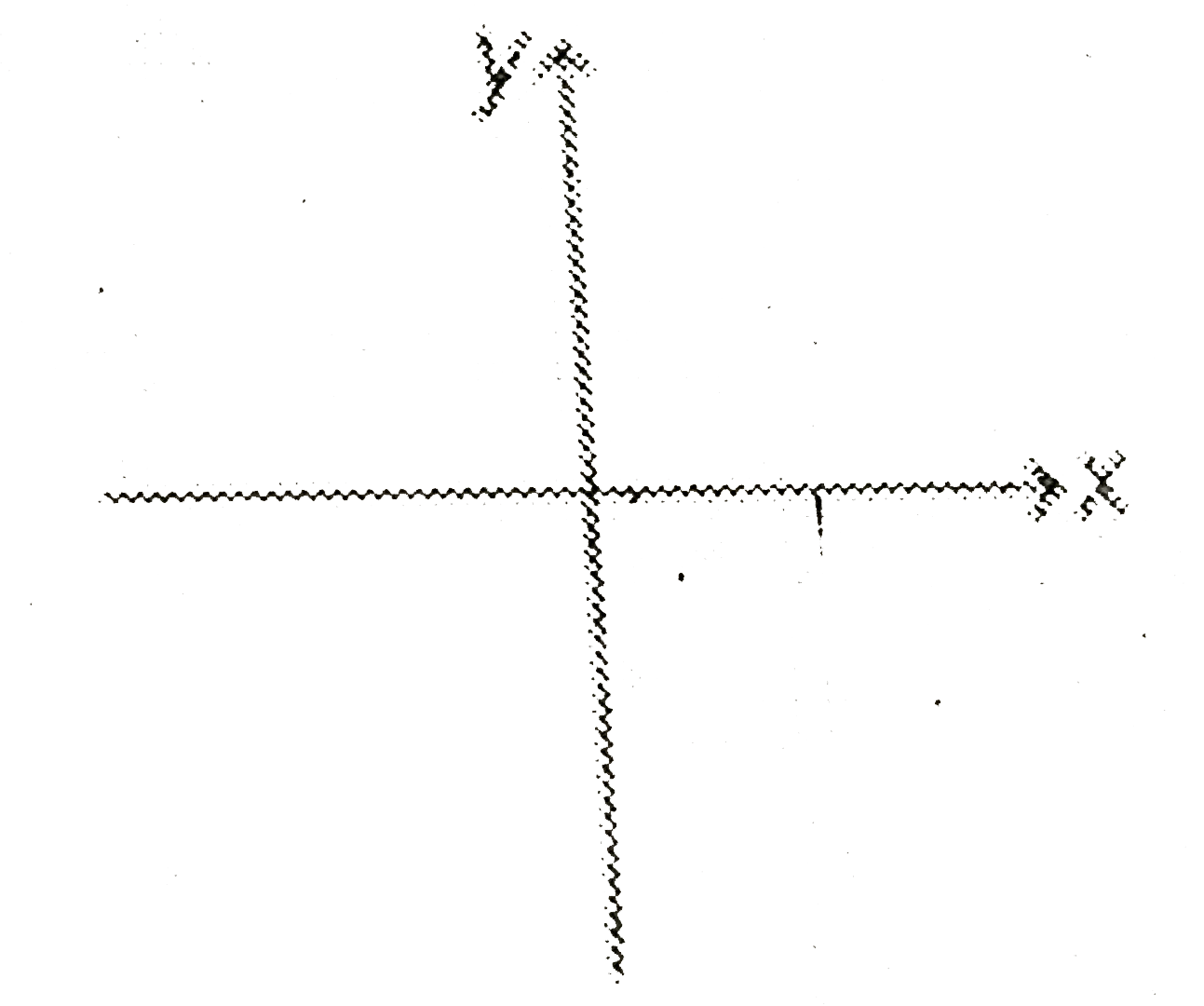A motion of a particle is given
x=Asin ωt+B cosωt. The motion of the particle is
Periodic and oscillatory
Periodic but not oscillatory
Oscillatory but not periodic
Neither oscillatory nor periodoic
The correct Answer is:A
Equation motion………….
Value of function is not repeated in a fixed interval.
Topper's Solved these Questions
Similar Questions
The motion of a particle is given by x=Asinωt+Bcosωt. The motion of the particle is
View SolutionThe motion of a particle is given by x=Asinωt+Bcosωt. The motion of the particle is
View SolutionThe displacement of a particle is given by →r=A(→icosωt+→jsinωt). The motion of the particle is
View SolutionThe position of a particle in motion is given by y=B+Csinωt+Dcosωt w.r.t origin. Then motion of the particle is
View SolutionThe simple harmonic motion of a particle is given by x = a sin 2πt . Then, the location of the particle from its mean position at a time 1/8th of second is
View SolutionThe displacement of a particle along the x-axis is given by x=asin2ωt. The motion of the particle corresponds to
View SolutionThe displacement of a particle along the x- axis it given by x=asin2ωt The motion of the particle corresponds to
View SolutionA xandy co-ordinates of a particle are x=Asin(ωt)andy=Asin(ωt+π/2). Then, the motion of the particle is
 View Solution
View SolutionThe displacement of a particle is represented by the equation y=3cos(π4−2ωt).
The motion of the particle isView SolutionThe displacement of a particle is represented by the equation y=3cos(π4−2ωt).
The motion of the particle isView Solution

